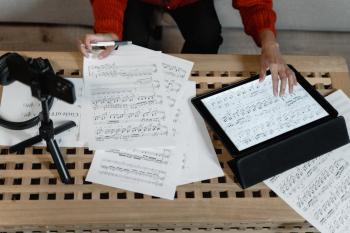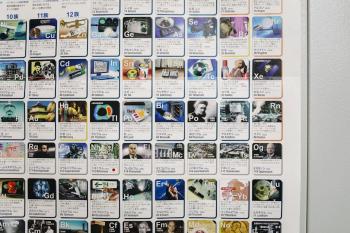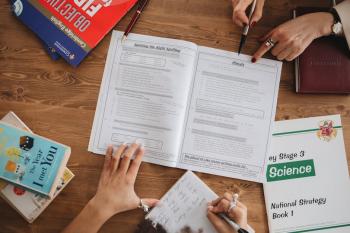The New Periodic Table Song: A Fun and Effective Way to Learn Chemistry

The New Periodic Table Song: A Fun and Effective Way to Learn Chemistry
What if memorizing the periodic table could be as easy as singing along to your favorite song? Why do students struggle with chemistry basics, and how can music make learning more engaging? In this article, we explore The New Periodic Table Song, its educational benefits, and how it revolutionizes the way students approach chemistry.
1. The Power of Music in Learning
Music has long been recognized as a powerful tool for memory retention. Studies show that melodies and rhythms help encode information into long-term memory by activating multiple areas of the brain. The New Periodic Table Song, created by ASAPScience, leverages this principle by setting the elements to a catchy tune.
For example, medical students often use mnemonics and songs to memorize complex anatomical terms. Similarly, this song transforms the daunting task of learning 118 elements into an enjoyable activity. Teachers worldwide report higher retention rates when students sing rather than recite the periodic table.

2. Breaking Down the New Periodic Table Song
The song organizes elements in order of atomic number, grouping them by their properties. Unlike traditional methods that focus solely on memorization, it emphasizes patterns and relationships between elements. The lyrics flow logically from hydrogen to oganesson, making it easier to recall sequences.
A practical application can be seen in classrooms where teachers play the song during lessons. Students who struggled with rote memorization now hum the tune during exams, effortlessly recalling element names and their order. This method proves particularly effective for auditory learners.

3. Why Traditional Methods Fall Short
Conventional approaches often present the periodic table as a static chart to be memorized through repetition. This leads to several problems:
- Lack of contextual understanding
- Difficulty remembering element sequences
- Minimal engagement leading to quick forgetting
The song addresses these issues by providing rhythmical context. For instance, the transition metals section flows smoothly in the melody, helping students remember groups like iron, cobalt, and nickel together.

4. Real-World Success Stories
Schools incorporating the song report remarkable improvements. At Lincoln High School, chemistry test scores rose by 22% after teachers introduced the song into their curriculum. Students created dance routines and karaoke competitions, turning learning into a social activity.
Another example comes from online education platforms like Khan Academy, where the song has been integrated into chemistry courses. Learners comment that it "finally made the periodic table stick" after years of struggling with flashcards.

5. How to Implement This in Your Learning
Whether you're a student or educator, here's how to maximize the song's potential:
- Listen actively while following along with a periodic table
- Create visual associations with element symbols
- Practice singing without assistance to test memory
- Use it as a warm-up before chemistry lessons
Apps like Anki and Quizlet now offer audio-enhanced flashcards featuring song snippets for spaced repetition practice.

6. The Future of Educational Music
This innovation opens doors for similar approaches in other subjects. Imagine songs for mathematical formulas, historical timelines, or biological classifications. The success of the periodic table song demonstrates how creative pedagogy can transform dry information into memorable knowledge.
Educational researchers are now studying how to optimize such songs for different learning styles. Future versions might incorporate visual elements or interactive components to enhance the experience further.







